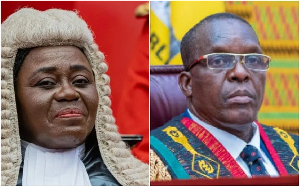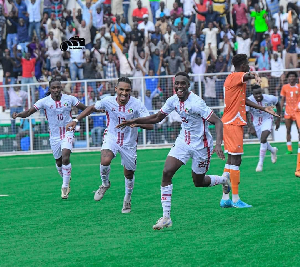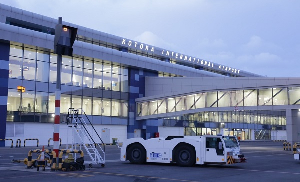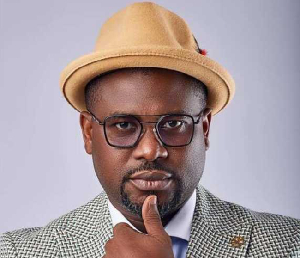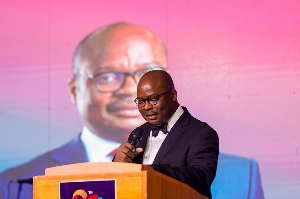Authorities in the Democratic Republic of Congo are juggling two key challenges: The coronavirus and insecurity.
With 18 deaths so far by the virus, the DRC currently has one of the highest death rates per infection in sub-Saharan Africa, at 10 per cent.
Kinshasa says it has confirmed 180 cases so far and among the infected are senior government officials close to President Felix Tshisekedi.
But there is another problem: Since the coronavirus pandemic broke out in the DR Congo on March 10, President Tshisekedi‘s government has also been faced with emerging violence in eight places. That excluded the ‘normally’ insecure areas of North Kivu and Ituri.
Military figures
In the last weekend of March, six towns in Katanga saw violent fights after a militia group clashed with the police.
Fighters loyal to Gideon Kyungu, a veteran Congolese warlord who once escaped prison, and now leader of Bakata Katanga militia group, fought police for a day.
Further clashes between the Congolese army and the Bakata Katanga in the city of Lubumbashi and towns of Likasi, Kasumbalesa, Pweto, Tenke, Bunkeya and Kakanda, killed 48 in the ranks of Gideon Kyungu’s militia, according to military figures. It also killed civilians, according to an account of deputies from Haut-Katanga.
On March 30 in Kinshasa, men from the political-religious movement Bundu Dia Mayala by Zacharie Badiengila, widely known as NE Mwanda Nsemi, confronted the police with “grey paraphernalia other fetishes in their hands.”
They said they wanted to perform rituals to end the novel coronavirus, “a disease made by the white people.”
According to official figures by the World Health Organisation, the virus has so far killed more white people.
Yet whether to see the threats of NE Muanda Nsemi’s men as a security challenge, or treat them as a continual misinformation over Covid-19 is a double assignment for the government.
If ignored though, the tensions in Katanga and other parts of eastern DRC could worry locals.
First, in the provinces of North Kivu, South Kivu and Ituri; people are still recovering from Ebola epidemic which began in May 2018 to February this year killing 2,264 people.
As the DRC was waiting to see the epidemic formally declared over in the next few weeks, the very regions have also recorded cases of coronavirus.
That, one medical official in Kinshasa said, risks relapsing the region into new crisis. With violence, however, responders may never reach the infected.
On Tuesday, while Beni region, in North Kivu was placed under tight curfew to contained spread of cases of the coronavirus, local authorities also reported an ambush case where six people were “killed in an attack attributed to the group armed with Allied Democratic Forces (ADF),” says an official statement.
Congolese forces are also on permanent operation to neutralise” negative forces” in Beni and in other cities of North Kivu and Ituri daily.
For the moment, the country’s leaders have not yet made any communication on the terrible equation between the security challenge and the spread of the Covid-19 east of the country.
Hunt and arrest
Unlike Ebola, which mainly affected the eastern provinces, Covid-19 has its epicentre in Kinshasa, which has direct connections to every other provincial headquarters, meaning it could spread quickly in other provinces of the country.
President Felix Tshisekedi though ordered publicly for the “hunt and immediate arrest” of Gideon Kyungu, who is still at large.
In 2011, under the regime of Joseph Kabila, Kyungu escaped from Kasapa prison in Lubumbashi, after two years behind bars. He had been missing for five years before appearing in 2016 and surrendered.
DR Congo President Felix Tshisekedi (centre) arrives to attend a regional security summit in Luanda, Angola, on July 12, 2019. PHOTO | JOAO DE FATIMA | AFP
Africa News of Sunday, 12 April 2020
Source: theeastafrican.co.ke







